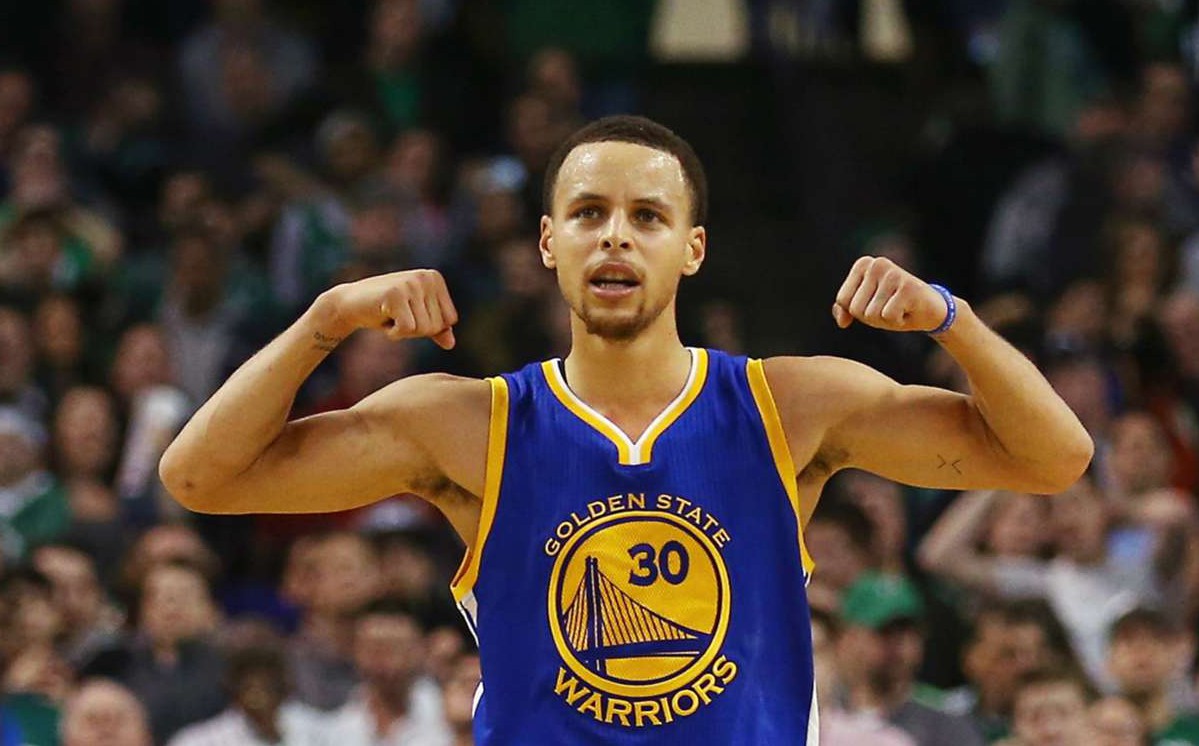I’ve written in the past about statistical correlations, and the reason that I like to look at correlations so much is that it helps prioritize which stats we use. In our Trends tool and models, we have so much available data – that is obviously a very positive thing, as it gives our users a significant edge. However, it can also be challenging if you don’t know which stats are more important than others. Or perhaps put better, which stats are more predictive for the situation.
An example of this – and something I’ve been wondering lately, hence this article – is whether matchup or pace is more important when look at an opposing team in NBA DFS. Is facing a really hard matchup (in terms of True DvP) worse for a player than facing a significant pace-down game? Both of these things are important, of course, but correlations can help us weigh them accordingly.
This article will look at the correlation between True DvP (or Opponent Plus/Minus) and two factors: a team’s defensive rating – defined as points allowed per 100 possessions – and their pace, or possessions per game. I did it for each position, as they potentially could see the effects of those things differently. In a perfect study, I would also correlate to a team’s defensive rating against that specific position, but unfortunately that data isn’t publicly available. As such, we’ll use team defensive rating and team pace.
Here are the correlations. Keep in mind, a perfect correlation is 1 while no correlation is 0.
| DRtg Correlation | Pace Correlation | |
| PG | 0.4139 | 0.5724 |
| SG | 0.4931 | 0.4306 |
| SF | 0.1600 | -0.0404 |
| PF | 0.4077 | 0.3432 |
| C | 0.1966 | 0.1244 |
There’s a lot going on here, but let’s see if we can find anything useful or start to develop some theories.
The thing that stands out the most to me on first glance is the high correlation of True DvP and pace when it comes to the guard positions. I think this intuitively makes sense – guards are very affected by pace, as they’re usually the largest benefactors of what a high-paced game usually means: more transition opportunities. Since they’re handling the ball more often, a high-paced game naturally gives way to increased – and much better, which is important to note – opportunities to accumulate fantasy points, either in terms of points, assists, or steals.
However, why would this only affect the guard positions? Here’s my theory on that – big men aren’t really affected by the transition opportunities, but they are potentially affected by increased rebound opportunities. In that sense, you might think that they should be highly correlated with pace. However, a high-paced game doesn’t mean it is an inefficient offensive game with more rebounds; in fact, I think offenses are generally more efficient in higher-paced games, as a result of early offense and those transition opportunities we mentioned above.
Really, the data is interesting altogether on SFs and Cs – there is essentially no correlation with either team defensive rating or pace for either position. I don’t really have a definitive answer, though I’ve been thinking about it, but here’s my guess: those positions are naturally low-usage spots. As such, they’re less dependent on outside factors like defensive rating and pace, and more dependent on their teammates. There are exceptions of course – the elite SFs being the obvious one here – but most of them play on the perimeter and are defensive-oriented, catch-and-shoot guys. Those guys wouldn’t really be affected by matchup or pace, as what they do is relatively steady independent of those things.
When selecting your players, I think you could potentially – outside of the elite options, again – ignore these factors when it comes to wing players and centers. However, when you’re picking guards, and especially point guards, I think pace should be a big factor in your selections. The teams that allow the lowest Plus/Minus’s to guards are the ones that typically play at a slow pace. Targeting guards in high-paced games, even if it’s a bad matchup on paper, I think is a nice strategy, and one that is even potentially contrarian in tournaments.





